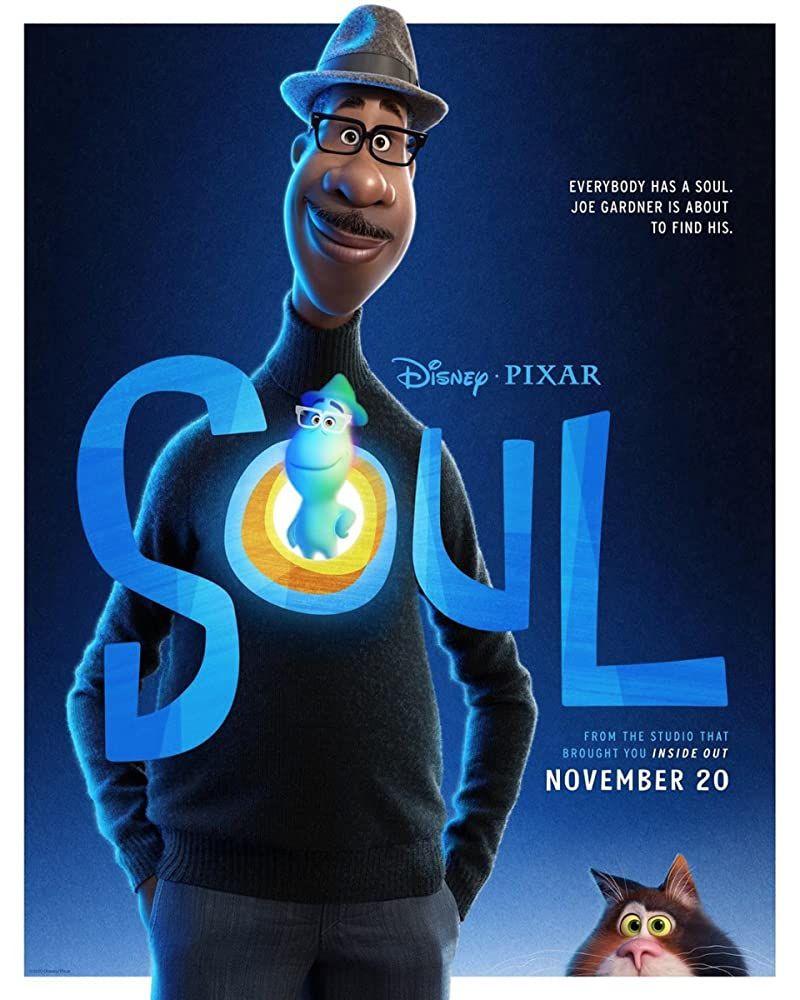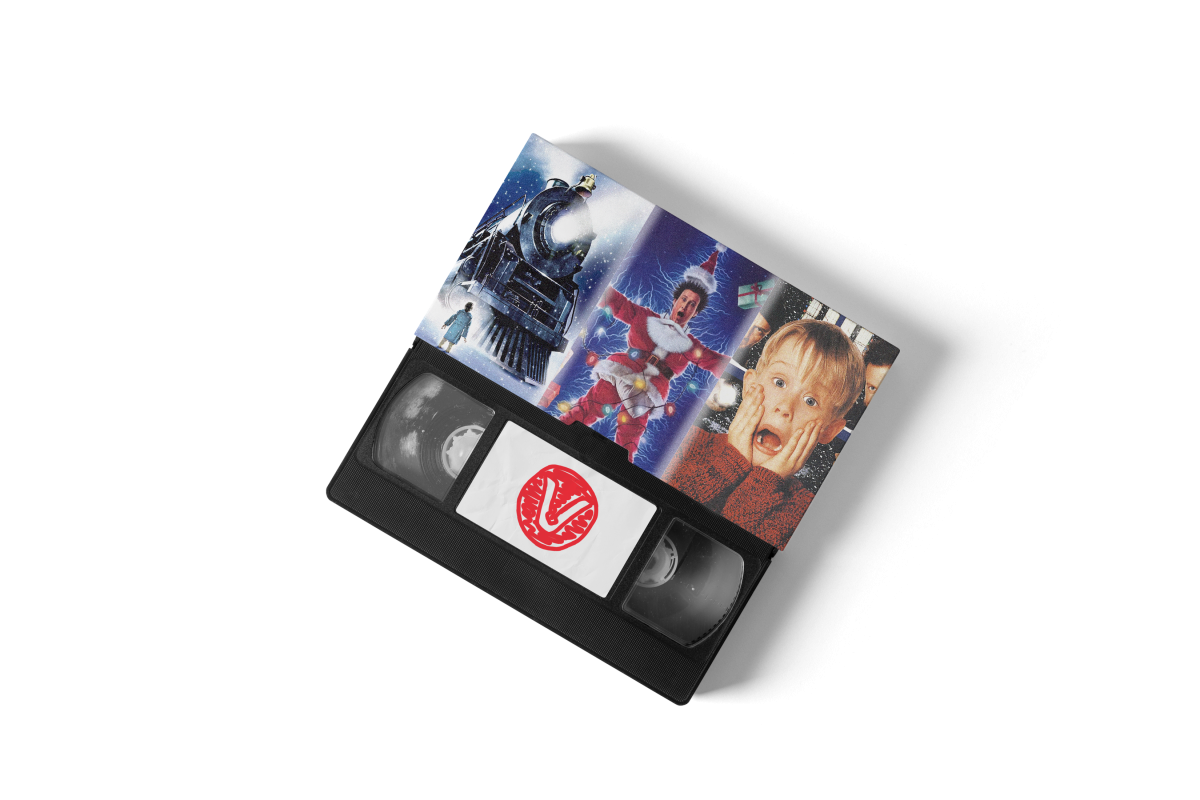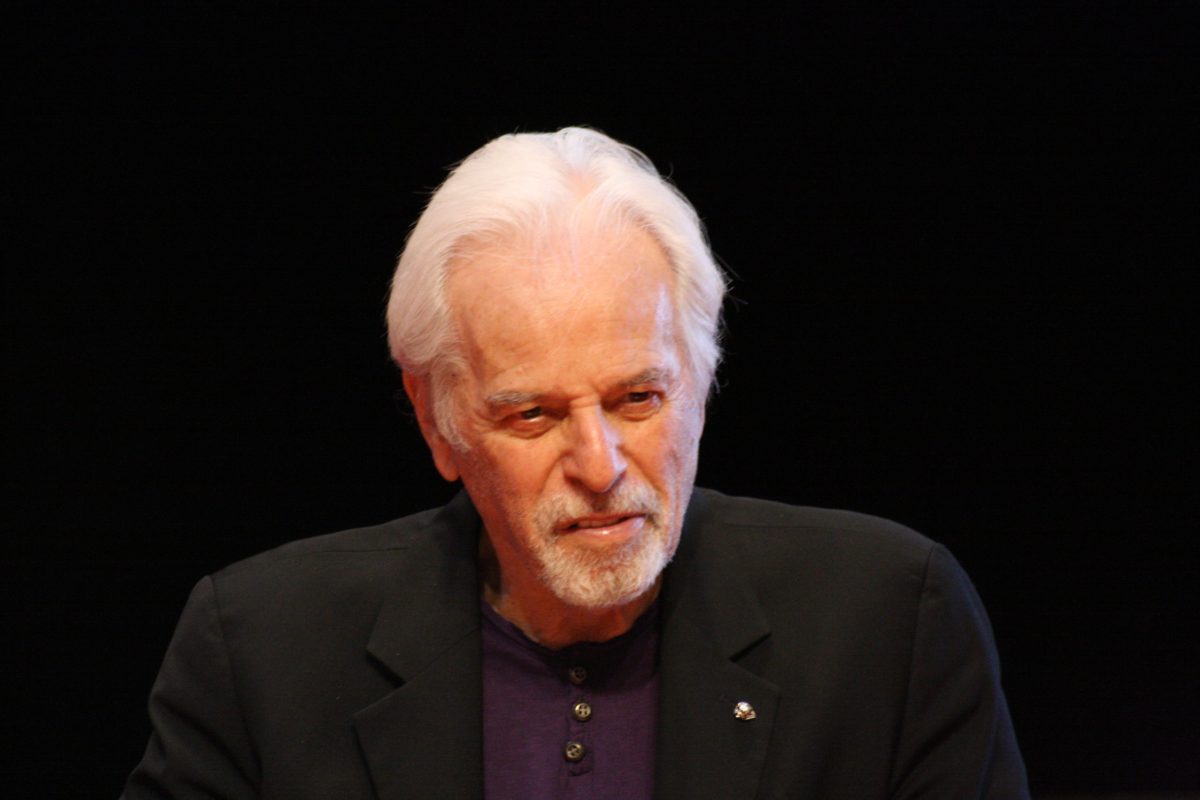To start off, this is a three-part piece discussing how the DC Extended Universe (DCEU) should have occurred based around its three current (and less acclaimed) films. These are to be taken as ‘Elseworld’ stories at best, and if you are fans of what has been given by Warner Bros., then read as you wish. Personally, the films arenot “bad,” just highly disorganized. These articles mean to give a sequence of stories that lead into the next film in order to provide entertainment; hopefully, they make a second viewing worth the pay or the wait.
Man of Steel (2013) launched the universe and overall was average to most filmgoers and critics alike who criticized the film for its dark attitude, destructive sequences, and connections to the original two Christopher Reeve films (1978, 1980). Besides that, the film had amazing visuals and plenty of potential to lead to an expanded universe, with a few Easter eggs and a great cast (if they survived). Here is how it could have been fixed to entertain audiences and give plenty of room for the universe to expand (by comic nerd standards).
The film will start off with the destruction of Krypton (as it always does for Kal El), but instead of it being destroyed by Kryptonians’ harvesting the core’s energy, it is destroyed on purpose by Jor El. A huge change, but here’s why; Starro the Conquerer (the starfish who mind controls people and the original villain of the Justice League) invades the planet causing Jor El to send his kid off to Earth and destroy the planet to kill the gigantic starfish. Starro has slowly been taking over by using the political system of the planet (which includes Zod and his minions), and sends the troupe after Kal’s ship, but is blown off course by the destruction of the planet. Kal makes it to Earth and is discovered by the Kents and an entire sequence of life changing events causes Kal (now Clark) to realize his moral code (the Big 3) and start his adventures off as a hidden figure that is slowly discovered by others. Clark decides to move to Metropolis to conceal his identity and keep his Smallville life safe. A montage ensues of Clark saving lives and stopping bad guys.
Clark later wonders what he can do with his powers and decides to consult his space shuttle for guidance, which contains Kryptonian technology and messages from his father. While tinkering with the craft, a homing beacon is set off, which attracts Zod’s ship to Earth in order to eliminate Clark (as a witness) and take over the Earth for Starro (who resides elsewhere). Clark realizes this from his super-hearing as well as his father’s messages and moves the pod to the arctic to limit casualties. As Zod closes in on Earth, Superman constructs his Fortress of Solitude to defend himself and makes a suit that could help remind Zod of who he was and snap Starro’s connection. Zod arrives and confronts Clark who wishes to settle this peacefully, while the latter is still angry for the loss of his homeworld. A fight ensues that tears apart the arctic and moves across the planet, with Zod aimlessly striking while Clark is trying to steer civilians away.
Clark wins the battle due to his longer exposure to the yellow sun as well as his adept usage of his abilities. Instead of killing or banishing the villain, Clark emotionally talks with Zod to snap him out of Starro’s control, which works for a limited amount of time, but only to give Clark information about other locations of Starro’s presence as well as a way to stop him (the Phantom Zone). A projector is given to Clark from Zod’s ship. Zod loses control, but is too late as Clark sends him off to the Phantom Zone and saves the day. Zod’s ship is confiscated by the government, but a piece of Starro lurks on board to set up a later sequel as Lex Luthor (hopefully portrayed by Bryan Cranston) captures the sample to study its biology. The next article will set up the Batman v. Superman: Dawn of Justice (2016) debacle which will include a better title, a better tie-in, no Doomsday, and a better friendship (which could not be found anywhere).































